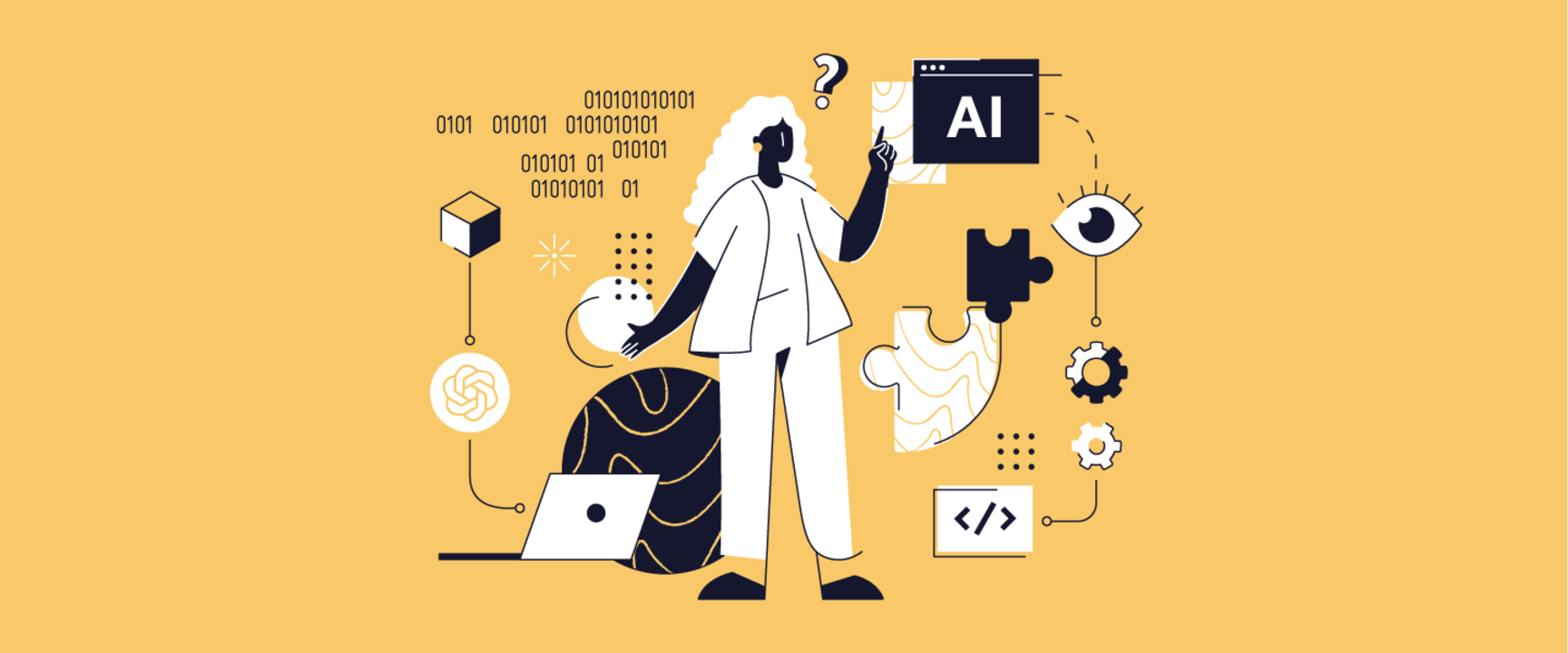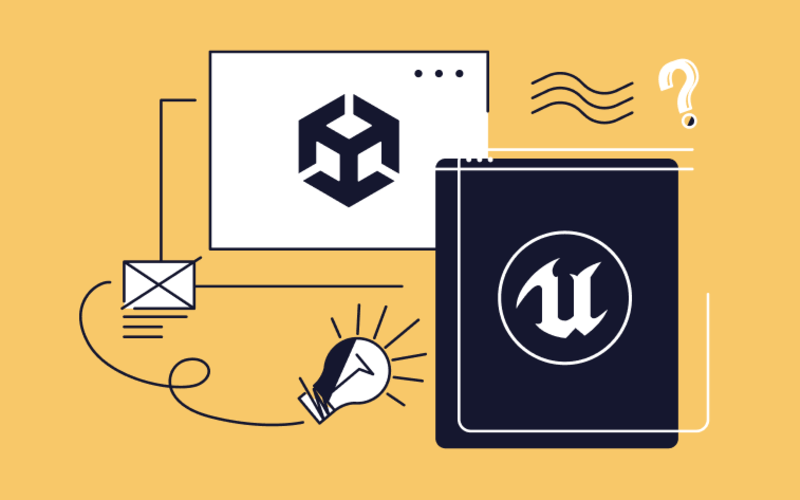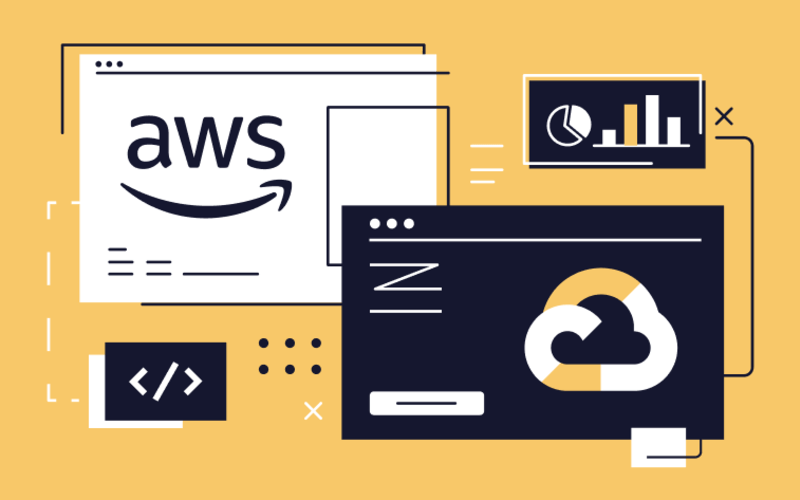Moreover, it sparked a philosophical and political debate over fair and moral use, limitations, and potential dangers.
At the heart of these cutting-edge tools lies machine learning, a subfield of AI that uses statistical techniques to enable computers to "learn" and improve from experience. These tools, employing sophisticated algorithms and copious data, are now capable of code generation, debugging, refactoring, and even recommending best practices, transforming how we write, manage, and deploy code.
However, it's essential to remember that these AI tools are not designed to replace us but to augment our capabilities. While they can quickly sift through vast amounts of data, spot patterns, and automate repetitive tasks, they cannot replicate the nuanced understanding, strategic decision-making, and creative problem-solving inherent in human developers.
Instead, their value lies in their ability to free up time for us to focus on the complex, higher-order aspects of development - tasks that require a human touch. In software engineering, AI is less about artificial intelligence and more about augmented intelligence, a powerful symbiosis of human ingenuity and machine efficiency.
In this article, I would like to present some of the best use cases for AI tools. To add a bit of context, I’m primarily working as a Flutter and fullstack web developer (Angular and Nest.js).
Use cases
To getter a better grasp of everything, let's divide information into separate use cases, below.
Research
Initial research can often make the difference between a successful engagement and a failed one. While most developers have a knack for finding information online, the process can be tedious and time-consuming.
How AI is shaping the future of programming
Discover the responses of developers from our network about their use of AI in their development work, the benefits and challenges they face, and their predictions for the future of AI in software development.
This is where AI-based tools come in. With its deep learning capabilities, AI can effortlessly crawl through vast amounts of data and provide succinct answers or solutions. It’s designed to adapt to our unique coding styles, thereby seamlessly integrating solutions into our existing codebases.
As a result, we can save significant time and energy during the preliminary phase of project development, focusing instead on more intricate and nuanced aspects.
Working with databases
Managing and interacting with databases, both relational and non-relational, constitute a significant portion of any developer's responsibilities.
Writing structured queries, whether it's SQL for relational databases or MongoDB aggregates for non-relational ones, requires a deep understanding of the underlying schemas, data definition languages (DDLs), and the constraints inherent to the particular database system. Often, one-size-fits-all solutions sourced from forums like Stack Overflow fall short, as they might not account for the specificities of our unique database architecture and can pose difficulties in adaptability and implementation.
This is where AI-assisted tools come to the rescue. By feeding the AI tool our schemas and DDLs, it can grasp the intricacies of our specific database structure. With this contextual understanding, the AI can tailor solutions that seamlessly fit into our codebase. It can generate or suggest optimized SQL queries or MongoDB aggregates, which adhere to our specific database schema and rules, reducing the time spent modifying generic solutions.
When it comes to performance tuning, particularly for MongoDB aggregates, AI tools provide immense value. Writing optimized MongoDB aggregate queries can be a complex task due to the multifaceted pipeline stages and potential performance bottlenecks, such as data bandwidth limitations and high memory usage. Here, AI can analyze the read and write patterns, evaluate the efficiency of the existing indexes, and suggest optimized aggregate queries.
Automate writing simple code
Automating simple code generation is a frontier where AI shines brightly. While the current generation of AI tools might not be fully equipped to author extensive, complex codebases, they excel in crafting smaller, routine pieces of code—segments that developers often resort to replicating from online resources or might be tasked to write in technical interviews.
By integrating AI tools into our workflow, we can substantially cut down the volume of code written manually. By merely supplying detailed instructions, AI tools can generate accurate code, eliminating the risk of typos and other simple human errors that might inadvertently introduce bugs into the codebase.
A great example of such a tool is GitHub Copilot.
However, it's important to keep in mind the inherent limitations of AI tools in their current state. Their efficiency varies depending on the programming language in question. Some languages have been more comprehensively incorporated into the AI's training dataset and hence have better support, while others, particularly those that are esoteric, rapidly evolving, or simply new, can pose challenges.
A case in point is Dart 3. Given that this version was released only recently, the AI tools haven't been sufficiently trained on it and are, therefore, incapable of generating accurate code in it. As a result, manual intervention becomes necessary when working with such recent updates or less common languages like Zig.
Yet, even with these limitations, AI tools provide a robust platform for automating simple code generation. They enhance productivity, decrease error rates, and free up time for more complex tasks that demand human ingenuity and expertise. As these tools continue to evolve and their training datasets expand to encompass more languages and their updates, we can expect to see even greater benefits from the automation of code generation.
QA, code reviews, and security checks
As a seasoned developer, the tasks of debugging code, conducting code reviews, and ensuring top-notch security can often consume substantial portions of your time.
In terms of Quality Assurance (QA), AI can aid in multiple ways. It can provide predictive analytics to anticipate where bugs might occur, or it can automate the generation of unit tests to bolster code coverage. AI algorithms can examine the codebase, learn from historical bug patterns, and identify sections of code that might be prone to future errors. This proactive error detection significantly reduces debugging time, enhances software reliability, and expedites the delivery of high-quality software.
When it comes to code reviews, AI offers an additional layer of accuracy and efficiency. AI-powered tools can scrutinize your code for common errors, adherence to coding standards, and potential performance bottlenecks. These tools can provide real-time feedback, flagging issues as you type, thereby preventing the accumulation of errors and technical debt.
Moreover, AI can help ensure that your code aligns with best practices, reinforcing consistency and maintainability across your codebase.
Lastly, in the realm of security checks, AI can prove to be a formidable ally. Ensuring that your code adheres to the highest standards of security is a non-negotiable requirement, particularly for those with a background in CyberOps. AI tools can automate the process of identifying security vulnerabilities, such as injection flaws, broken authentication, sensitive data exposure, and others listed in the OWASP Top 10, for instance. They can scan your codebase to spot these vulnerabilities and provide remediation advice, all while the code is being written, reducing the chances of security lapses making it to production.
In essence, the use of AI in these areas amplifies your capabilities as a developer. It enhances your efficiency, allows you to maintain a high standard of code quality, and upholds rigorous security protocols. By shouldering the burden of these repetitive and often time-consuming tasks, AI frees up your time, allowing you to focus on complex problem-solving and strategic decision-making – tasks that benefit most from your expertise and intuition.
GitHub Copilot
GitHub Copilot is an AI-powered code completion tool that was introduced by GitHub in collaboration with OpenAI. Its primary purpose is to assist developers by providing suggestions for code completion, writing new lines of code, generating whole functions, and even producing comments for understanding complex code. It serves as an AI-powered pair programmer that enhances developer productivity and coding efficiency.
Technically, GitHub Copilot utilizes a machine-learning model known as Codex, which is a descendant of the GPT-3 model developed by OpenAI. While GPT-3 was trained on a diverse range of internet text, Codex was trained specifically on a dataset that comprises a large corpus of public code repositories available on GitHub.
During the training phase, the model was exposed to numerous programming languages, libraries, and frameworks. It learned to predict the next token (like a word or character in English) given the tokens that came before it, effectively learning to generate code by training on billions of lines of public code.
It is claimed that the training process didn't involve providing any specific individual's code, and it doesn't know anything about any specific repository or user. Its suggestions are generated based on patterns and structures it learned during the training phase and are not sourced from any specific codebase.
After the training, the model was fine-tuned to better adapt to the task of code generation and completion. During the fine-tuning process, it was trained with a mixture of licensed data, data created by human trainers, and publicly available data.
First open-source copyright lawsuit
In November 2022, it was reported that the first-ever class-action lawsuit had been filed in a US federal court challenging the legality of GitHub Copilot and the related OpenAI Codex.
This lawsuit, as it stands, brings forth some significant implications and questions about the use of publicly available code repositories to train AI models and how these trained models are subsequently used in applications like GitHub Copilot. This is a complex and developing area of law, encompassing elements of copyright law, privacy, and terms of open-source licensing agreements.
The central issue appears to be the interpretation of open-source licenses and whether training AI models on code under these licenses constitutes a violation. While open-source licenses, such as MIT, GPL, and Apache, grant permission to freely use, modify, and distribute the software, they often require attribution and in some cases, the release of derivative works under the same license. The plaintiffs argue that by using code licensed under these terms to train AI models without proper attribution, the defendants have violated the terms of these licenses.
The potential implications of this lawsuit extend beyond GitHub Copilot, as it raises broader questions about the use of AI to train and produce outputs using datasets based on copyrighted materials.
Conclusion
AI tools are increasingly finding their place in the toolkit of developers and programmers around the world. These tools, born out of rapid advancements in machine learning and AI, have a significant potential to transform how we approach the complex tasks of development. They assist in research, automate mundane code, facilitate database tasks, enable efficient code reviews, ensure security checks, and aid in debugging, among other benefits.
However, these tools are not without their challenges. As we navigate the nuances of using AI in daily development work, it's important to recognize the limitations of these tools. They are not designed to replace human developers but rather to assist and enhance the capabilities of humans. The human element in development is indispensable and irreplaceable, even as AI advances and evolves.
Standing at the forefront of this evolution are tools like GitHub Copilot, an AI-powered coding assistant, and ChatGPT, a conversational AI model, both being prominent examples of AI's increasing significance in the tech industry.
GitHub Copilot, which utilizes the Codex model from OpenAI, epitomizes how AI can serve as an invaluable resource for developers, assisting in generating code and making the programming process more efficient. On the other hand, ChatGPT demonstrates the potential of AI in facilitating nuanced and interactive communication, which can be invaluable for team collaboration, problem-solving, and even customer support in development contexts.
There's a long way ahead to figure things out and get everything down the right way. However, the promise of AI in development is undeniable. As we continue to refine these tools and navigate the complex landscape of legal and ethical implications, we are undoubtedly moving in the right direction.
Perhaps most importantly, the rise of AI tools in development heralds an exciting opportunity to foster a more diverse and inclusive environment. By automating routine tasks, these tools can free up developers to engage in more creative and complex problem-solving tasks. They also offer an opportunity to level the playing field, providing support and resources to developers of all skill levels. In this way, the continued advancement and integration of AI in development holds the potential to transform the industry, not just technically but socially and culturally as well.
As we move forward in this exciting era of AI-assisted development, one thing remains certain: the future of programming is bright, diverse, and inclusive. Here's to the journey ahead and the promise of what's yet to come!





